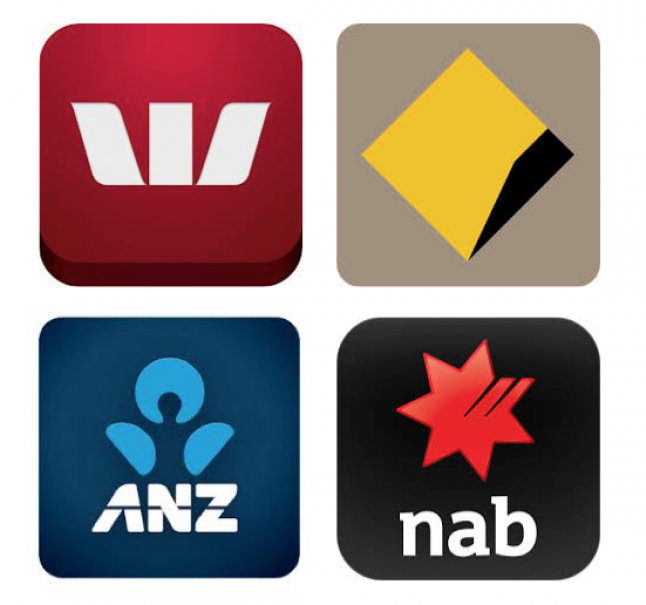
Fintech threatens Australia’s biggest banks – Roy Morgan Research
The global fintech phenomenon threatens Australia’s traditional banks by stealing their most valuable customers. This new digital market is growing exponentially leaving traditional banks looking dangerously like commodity utilities.
According to Accenture investment in fintech grew globally by 201% in 2014. [1] Australia has the fifth highest rate of fintech use in the world. [2] Fintech is the digital, often peer-to-peer, channel enabling tech-savvy consumers to borrow or invest without ever having to deal with a traditional bank. In early April Australian peer-to-peer start-up SocietyOne reportedly reached $100m of loans on its digital platform.
The burning question for the traditional Australian banks is, which of their customers are most at risk, most likely to churn? And the disturbing answer is, their most valuable customers.
The fintech phenomenon taps into a new consumer mindset, 64 percent of whom would prefer never to go into a traditional bank branch. Ever again.
Gathering in the $600 billion Desire Economy, the 4.5 million Australians with this new digital mindset look, not for product-based sales, but for new sleek, in-control, user experiences.
Analysing deep data in the Roy Morgan Single Source consumer database, the Centre for Social Economics discovered that none of the big four banks have a competitive advantage in the Desire Economy – where a customer is worth 2.6 times the value of one in the traditional economy.
The analysis revealed that ANZ, NAB and Westpac are level pegging on 29 percent of their total customer base in the Desire Economy, with CBA at 24 percent.
Consumers in the Desire Economy are younger, well educated, tech-adopting, urban dwellers. Forty percent are early adopters of technology compared to only 5 percent in the traditional economy.
- 62 percent rely on technology to put them in control cf. 24 percent in the traditional economy
- 93 percent are in the top third of elective spenders cf. only 5 percent in the traditional economy
- twice as many are comfortable giving their personal details online
- they are 3 times (309 percent) more likely to apply online for a financial product
- 67 percent believe that digital channels are the most useful to choose financial/investment products – way ahead of the second most popular channel, newspapers, at only 9 percent
Traditional banks need to fight to retain – and acquire – customers with the highest-value-potential, because over in the Desire Economy they’re eyeing off every new fintech offering that comes their way.
The response by traditional banks must, therefore, be anything but traditional. It is unlikely, for example, that any of the big four will be able to transform their brand sufficiently to prevent the Desire Economy consumers churning.
One traditional bank response is to invest in new players. Westpac-backed venture capital fund Reinventure has already invested in SocietyOne.
Another response is to build new start-ups from scratch. While this appears high risk, a deep understanding of the mindset of 4.5 million Desire Economy consumers significantly mitigates risk.
According to Dr Ross Honeywill, executive director at the Centre for Social Economics, “for the first time we can use precision targeting to reach and motivate individuals with a high-value-potential mindset both in the database of a bank’s current customers and in the Australian population.
“This brings science and an evidence-base to fintech start-ups – and to traditional banks fighting to stem the haemorrhage of their highest-value-potential customers.”
[1] Skan J, Dickerson J, Masood S, 2014, The Future of Fintech and Banking, Accenture Report.
[2] Marous J, 2016, “Fintech Growth Poised to Disrupt Banking Industry”, The Financial Brand, 7 January.
Source: Fintech threatens Australia’s biggest banks – Roy Morgan Research


